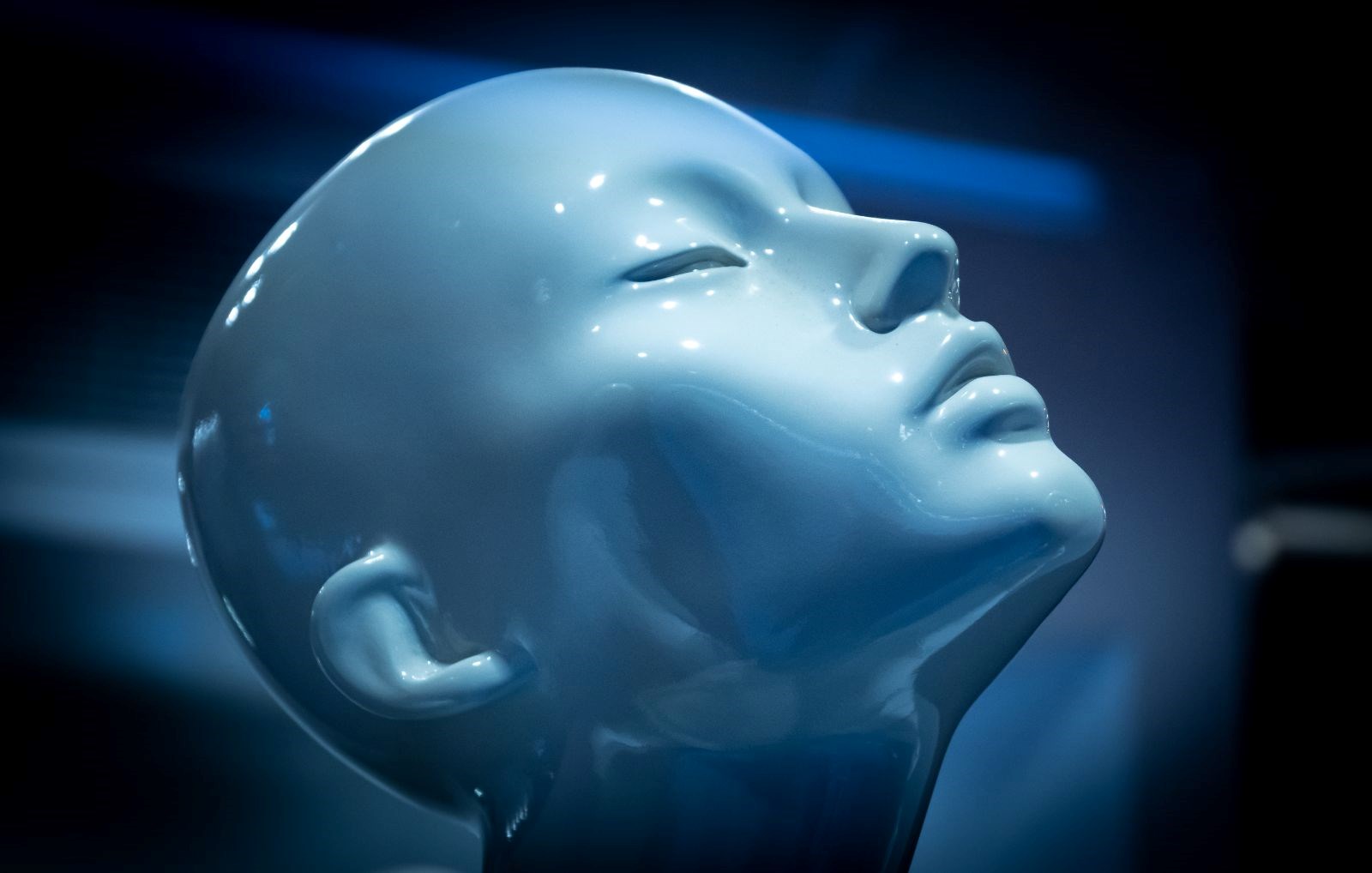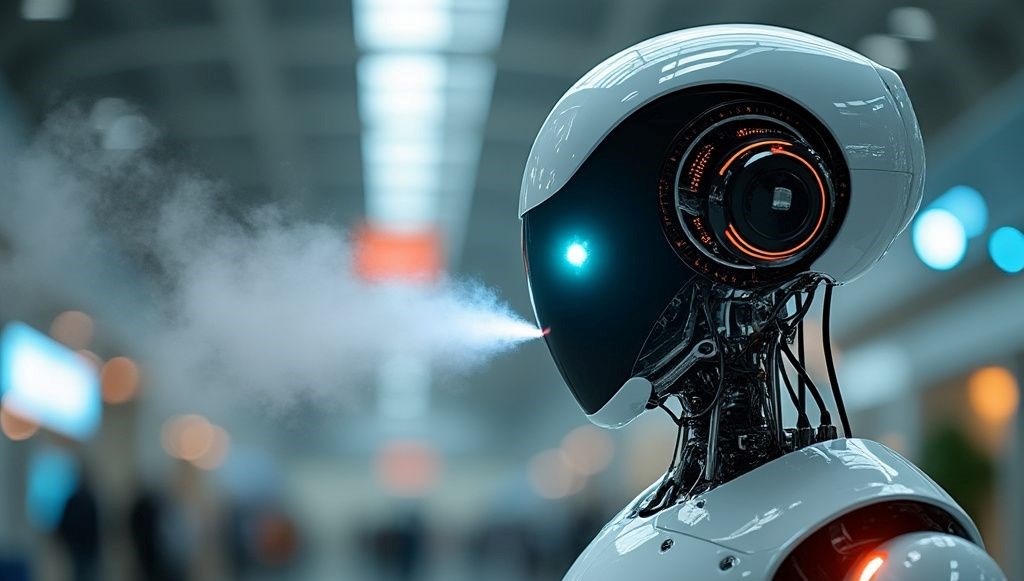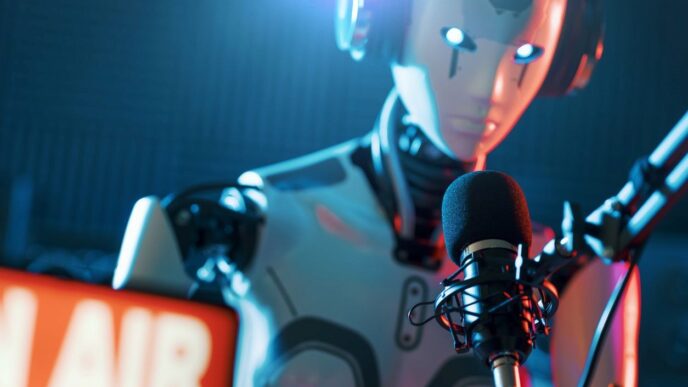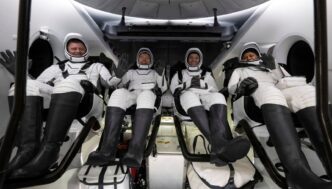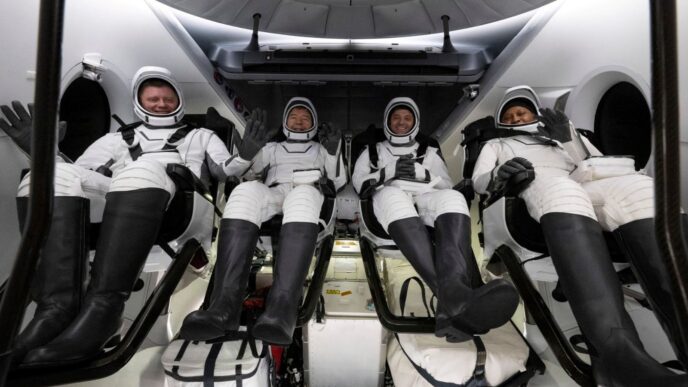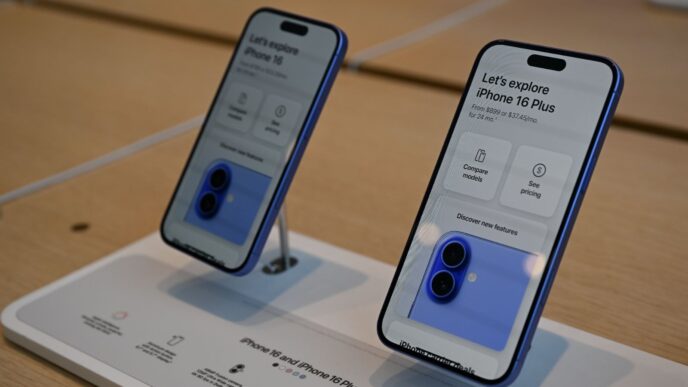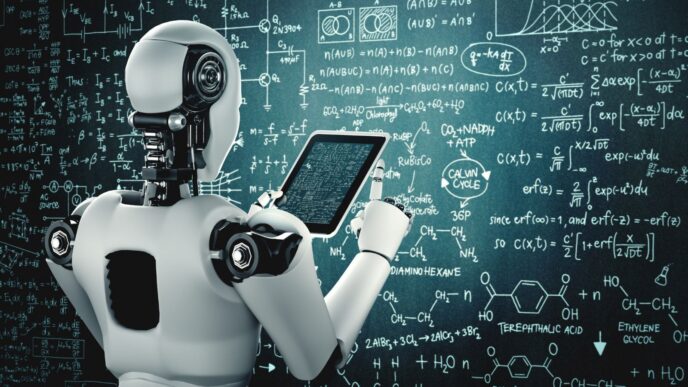A new electronic nose developed at the Norwegian University of Science and Technology can detect diseases, dangerous gases and spoiling food.
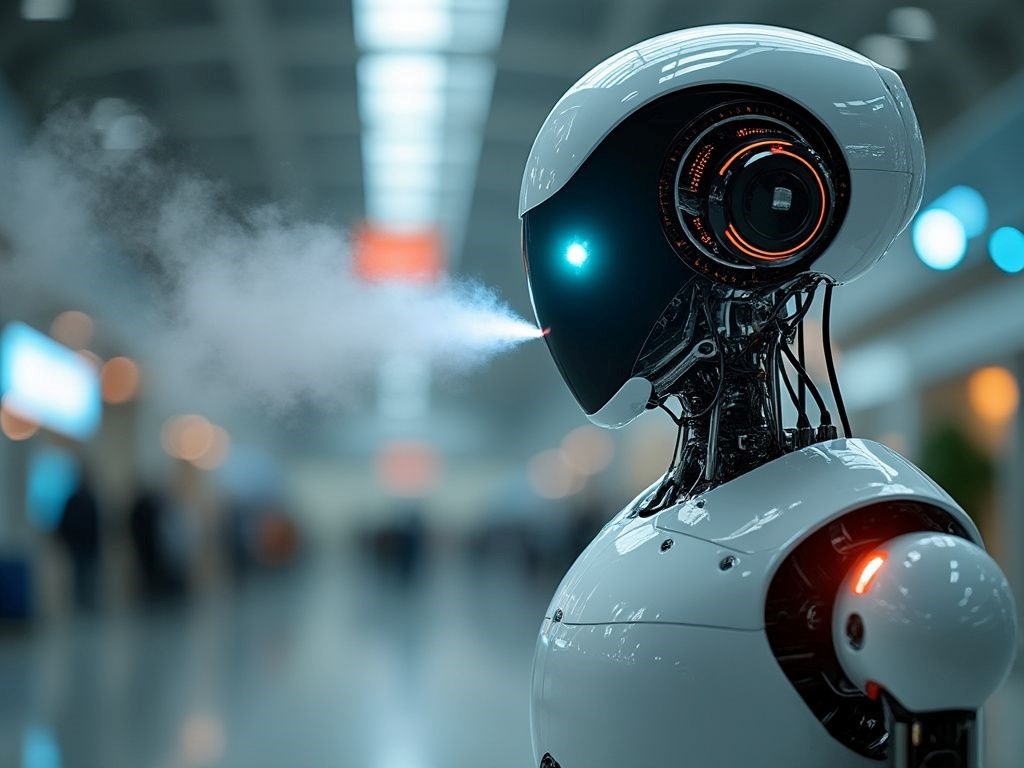
But a new electronic ‘nose’ inspired by our sense of smell could now detect undiagnosed diseases, dangerous gases and food that has started to spoil.
Michael Cheffena, a professor of telecommunications at the Norwegian University of Science and Technology (NTNU) in Gjovik, believes antenna technology is behind the breakthrough.

The shape of the signals changes according to the gases present, and when the antenna is turned on, more frequencies are transmitted.
“Other electronic noses can have several hundred sensors, often coated with different technologies. This makes them both very power-intensive to operate and expensive to manufacture. There is also a high material consumption. In contrast, the antenna sensor consists of a single antenna with a uniform coating,” Cheffena said.
